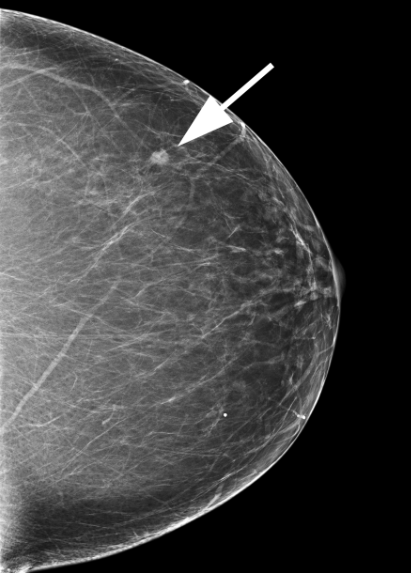May 26, 2015 - Not all women with dense breasts have high interval cancer rates and, therefore, breast density should not be the sole criterion for deciding whether supplemental imaging, according to a study recently published in the Annals of Internal Medicine.1
In twenty-one U.S. states, laws require that women be notified if they have dense breasts and that they be advised to discuss supplemental imaging with their provider. The researchers designed a study to better direct discussions of supplemental imaging by determining which combinations of breast cancer risk and Breast Imaging Reporting and Data System (BI-RADS) breast density categories are associated with high interval cancer rates.
In a prospective cohort of women aged 40 to 74 years who had digital screening mammography examinations, researchers looked at BI-RADS breast density, BCSC 5-year breast cancer risk, and interval cancer rate (invasive cancer ≤12 months after a normal mammography result) per 1000 mammography examinations. High interval cancer rate was defined as more than 1 case per 1000 examinations.

Image source: Oregon Health and Science University (www.ohsu.edu)
The findings showed there were high interval cancer rates for women with a 5-year risk of 1.67% or greater and extremely dense breasts or 5-year risk of 2.50% or greater and heterogeneously dense breasts (24% of all women with dense breasts). The interval rate of advanced-stage disease was highest (>0.4 case per 1000 examinations) among women with 5-year risk of 2.50% or greater and heterogeneously or extremely dense breasts (21% of all women with dense breasts). Five-year risk was low to average (0% to 1.66%) for 51.0% of women with heterogeneously dense breasts and 52.5% with extremely dense breasts, with interval cancer rates of 0.58 to 0.63 and 0.72 to 0.89 case per 1000 examinations, respectively.
Based on these results, they determined that breast density should not be the sole criterion for deciding whether supplemental imaging because not all women with dense breasts have high interval cancer rates. BCSC 5-year risk combined with BI-RADS breast density can identify women at high risk for interval cancer to inform patient–provider discussions about alternative screening strategies.




